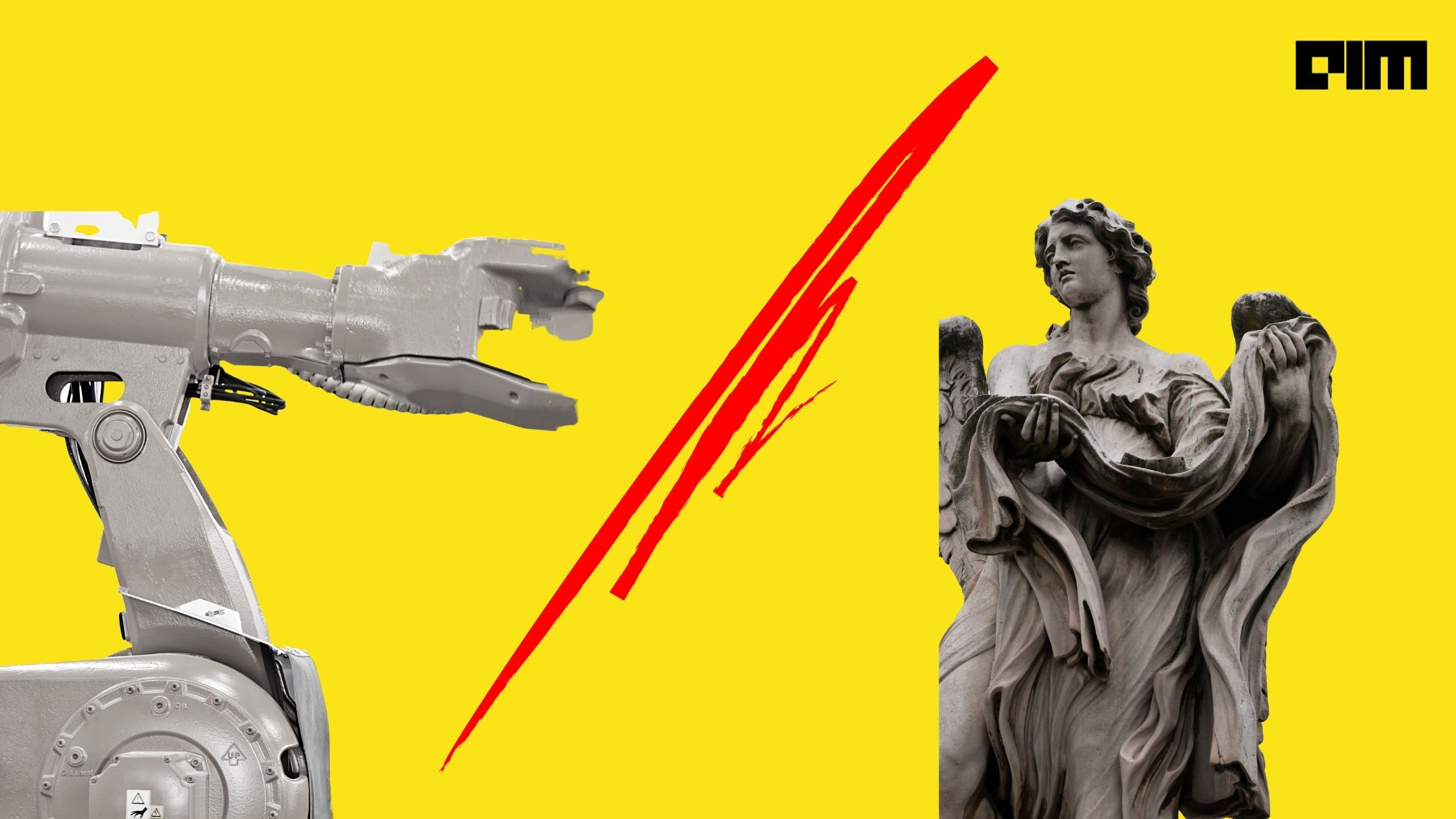
Researchers are working to combine the strengths of symbolic AI and neural networks to develop Hybrid AI.
Hybrid AI brings together the best aspects of neural networks and symbolic AI. Combining huge data sets (visual and audio, textual, emails, chat logs, etc.) allows neural networks to extract patterns. Then, rule-based AI systems can manipulate the retrieved information by using algorithms to manipulate symbols.
Researchers are working to develop hybrid AI systems that can figure out simple abstract relations between objects and the reason behind them as effortlessly as a human brain.
What is symbolic AI?
During the 1960s and 1970s, new technological advances were met with researchers’ increasing desire to understand how machines and nature interact. Researchers believed that using symbolic approaches would inevitably produce an artificially intelligent machine, which was seen as their discipline’s long-term goal.
The “good old-fashioned artificial intelligence” or “GOFAI” was coined by John Haugeland in his 1985 book ‘Artificial Intelligence: The Very Idea‘ that explored artificial intelligence’s ethical and philosophical implications. Since the initial efforts to build thinking computers in the 1950s, research and development in the AI field have followed two parallel approaches: symbolic AI and connectionist AI.
Symbolic AI (also known as Classical AI) is an area of artificial intelligence research that focuses on attempting to express human knowledge clearly in a declarative form, that is, facts and rules. From the mid-1950s until the late 1980s, there was significant use of symbolic artificial intelligence. On the other hand, in recent years, a connectionist approach such as machine learning with deep neural networks has come to the forefront.
Combining symbolic AI and neural networks
There has been a shift from the symbolic approach in the past few years due to its technical limits.
According to David Cox, IBM Director at MIT-IBM Watson AI Lab, deep learning and neural networks excel at the “messiness of the world,” but symbolic AI does not. Neural networks meticulously study and compare a large number of annotated instances to discover significant relationships and create corresponding mathematical models.
Several prominent IT businesses and academic labs have put significant effort into the use of deep learning. Neural networks and deep learning excel at tasks where symbolic AI fails. As a result, it’s being used to tackle complex challenges today. For example, deep learning has made significant contributions to the computer vision revolution with use cases in facial recognition and tuberculosis detection. Language-related activities have also benefited from deep learning breakthroughs.
There are, however, certain limits to deep learning and neural networks. One argument is that the availability of large volumes of data depends on it. In addition, neural networks are also vulnerable to hostile instances, often known as adversarial data, which can manipulate an AI model’s behaviour in unpredictable and harmful ways.
However, when combined with each other, symbolic AI and neural networks can form a good base for developing hybrid AI systems.
Future of hybrid AI
The hybrid AI model utilises the neural network’s ability to process and evaluate unstructured data while also using symbolic AI techniques. Connectivist viewpoints argue that techniques based on neural networks will eventually provide sophisticated and broadly applicable AI. In 2019, International Conference on Learning Representations (ICLR) featured a paper in which the researchers combined neural networks with rule-based artificial intelligence to create an AI model. This approach has been called the “Neuro-Symbolic Concept Learner” (NCSL); it claims to overcome the difficulties AI faces and to be superior to the sum of its parts. NCSL, a hybrid system of AI developed by researchers at MIT and IBM tackles visual question answering (VQA) problems; the NSCL uses neural networks in conjunction with neural networks with remarkable accuracy. The researchers demonstrated that NCSL was able to handle the VQA dataset CLEVR. Even more important, the hybrid AI model could make outstanding achievements with less training data and overcome two long-standing deep learning challenges.
Even Google search engine is a complex, all-in-one AI system made up of cutting-edge deep learning tools such as Transformers and advanced symbol manipulation tools like the knowledge graph.
PUBLISHED ON JULY 21, 202
